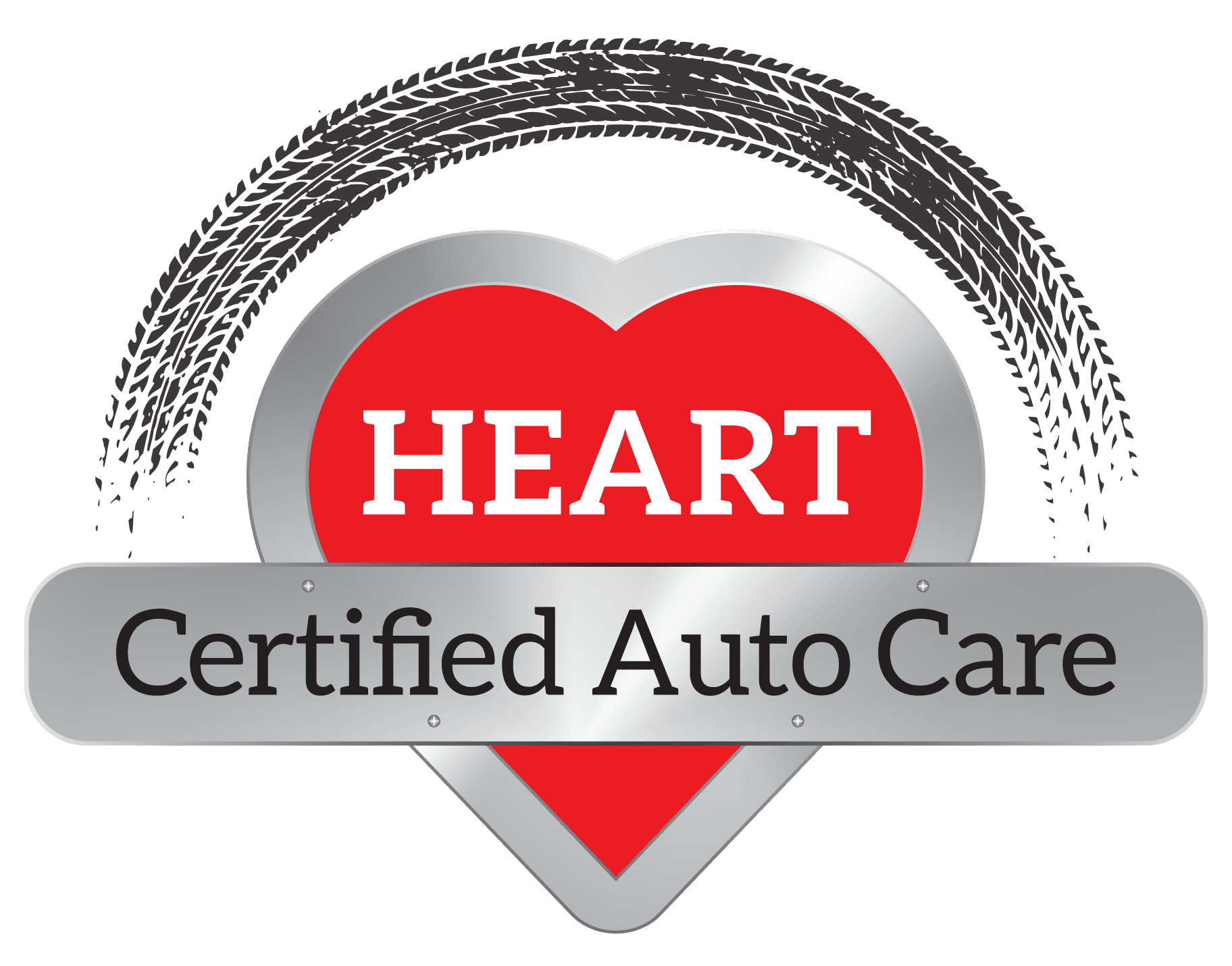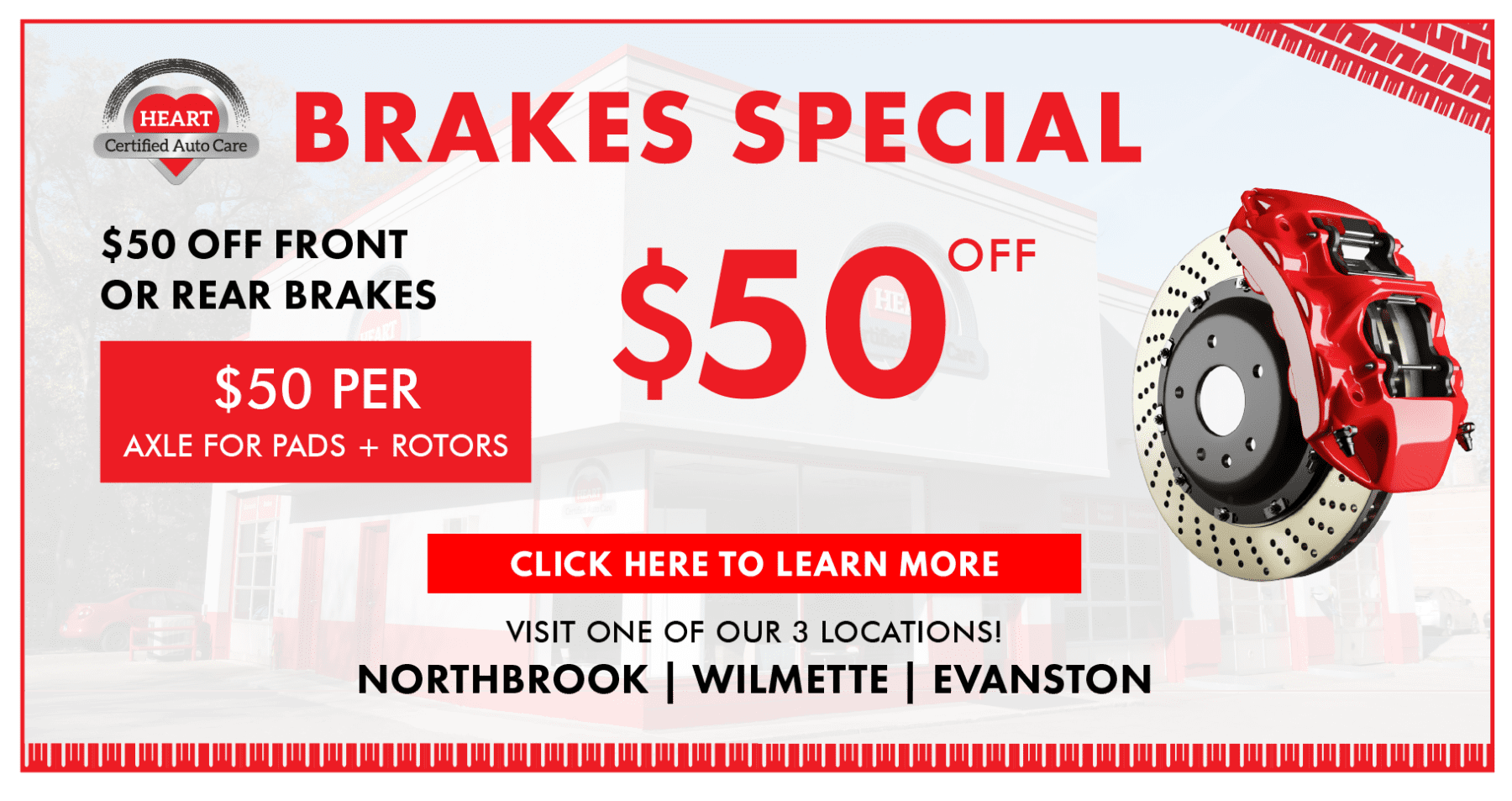Step-by-Step Guide to Ford Brake Pad Replacement in Evanston


Understanding Your Ford's Brake System
Signs That Your Ford Needs Brake Pad Replacement
- Screeching or Grinding Noise: If your brakes emit a high-pitched, metallic shrieking or screeching noise, it’s likely that you need new brake pads.
- Pedal Vibrates: If the brake pedal vibrates when you apply the brakes, it could indicate worn-out brake pads.
- Car Veers to One Side When Braking: If your car pulls to one side when braking, it could be a sign that the brake pads are worn unevenly and need replacing.
- Brake Pads Appear Thin: If your brake pads look extremely thin, usually less than 1/4 inch, it’s time for a replacement.
- Clicking Sound: A clicking sound may indicate that the device or brake pad needs to be replaced.
- Burning Smell: A burning smell while driving could be a sign of overheated brakes or clutch, indicating a potential issue with your brake pads.
- Reduced Brake Response or Fading Brakes: If your brakes aren’t as responsive as usual or if the pedal “sinks” toward the floor, this could be an indication of a leak in the braking system or that your brake pads are worn out.
- Brake Warning Light Comes On: An illuminated brake warning light is a clear sign that something might be wrong with the braking system, including the brake pads.
Tools Needed for Ford Brake Pad Replacement in Evanston
- Jack stands
- Lug wrench
- C-clamp
- New brake pads
- Mechanic’s gloves
- Safety glasses
Before we get into the step-by-step process, it’s crucial to remember that possessing the right tools doesn’t always equate to being the best person for the job. While DIY projects can be fulfilling, replacing your Ford’s brake pads is a task that requires expertise and precision. If handled incorrectly, it might compromise your vehicle’s safety.
Now, let’s get started on the step-by-step guide to brake pad replacement for your car:
Step 1: Safety First
Step 2: Loosen the Lug Nuts
Step 3: Lift Your Ford with Jack Stands
Step 4: Remove the Wheel
Step 5: Remove the Brake Caliper
Step 6: Replace the Brake Pads
Step 7: Compress the Brake Caliper Piston
Step 8: Install the New Brake Pads
Step 9: Reattach the Brake Caliper
Step 10: Replace the Wheel
Finally, replace the wheel and tighten the lug nuts as much as you can while the vehicle is still lifted. Lower your Ford from the jack stands and then fully tighten the lug nuts.
Congratulations! You’ve successfully completed a brake pad replacement. After replacing your brake pads, take your car for a test drive to make sure everything is working properly. Listen for any unusual noises and pay attention to the feel of the brakes when you apply them.
After your test drive, it’s a good idea to re-check the brake system. Ensure all components are secure and there are no signs of issues such as leaks from the brake caliper. Over the next few weeks, continue to pay attention to any changes in your brake performance.

When to Seek Professional Help
- Feeling Uncomfortable or Unsure: If you’re uncertain at any stage of the brake pad replacement process, it’s best to consult a professional. Brake system maintenance requires precision and accuracy to ensure safety.
- Persistent Issues After Replacement: If your brakes are still not performing optimally after replacing the brake pads – if they’re squeaking, feel spongy, or your car pulls to one side when you brake – it’s time to book an appointment with a qualified mechanic.
- Complex Brake System Problems: If your brake problems extend beyond worn-out brake pads, like issues with the brake caliper or brake fluid leaks, these are typically jobs for professional mechanics.
- Proper Installation of Brake Pads: Brake pads should be installed in the correct orientation for optimal performance.
- Disassembly and Reassembly: Consider taking pictures before you start and as you go to track the placement of the components.
- Use of Penetrating Fluid and Anti-Seize: Penetrating fluid can make removing parts easier, and anti-seizing can prevent future issues.
- Cleaning and Lubrication: Clean up the locations where the brake pads sit if they are meant to fit into a slot. Also, remember to properly lubricate and clean the parts and bolts that require attention.
HEART Auto Care: Your Go-To for Auto Repair Needs in Evanston
For those residing in Evanston and surrounding areas, HEART Auto Care provides top-notch service for all car maintenance and auto repair needs. Our team of skilled mechanics specializes in various services, including brake inspections, brake pad replacements, and more comprehensive brake system repairs.
Contact us today at HEART Auto Care, where we treat your vehicle like it’s our own.
Wrapping Up: Ford Brake Pad Replacement in Evanston









